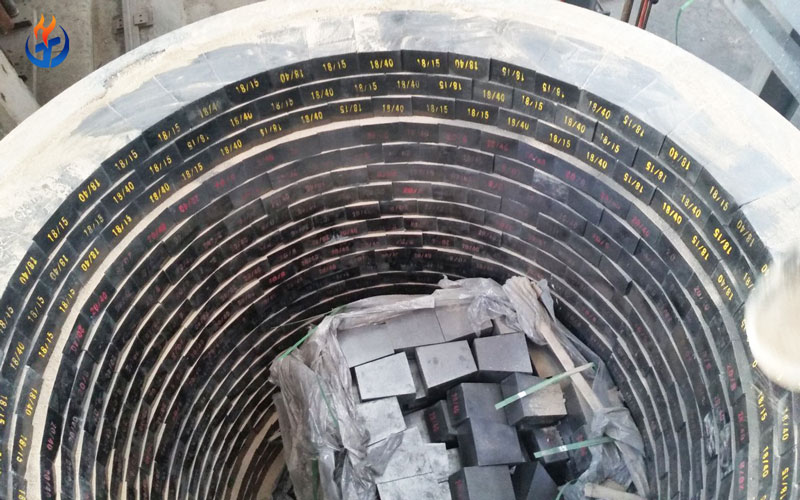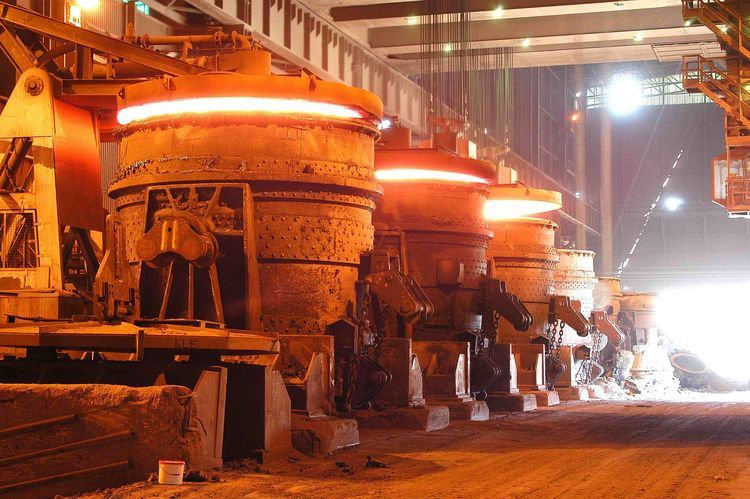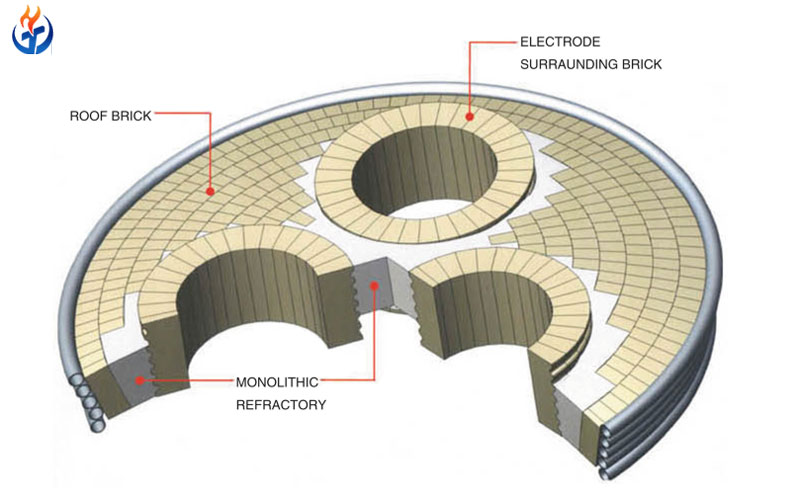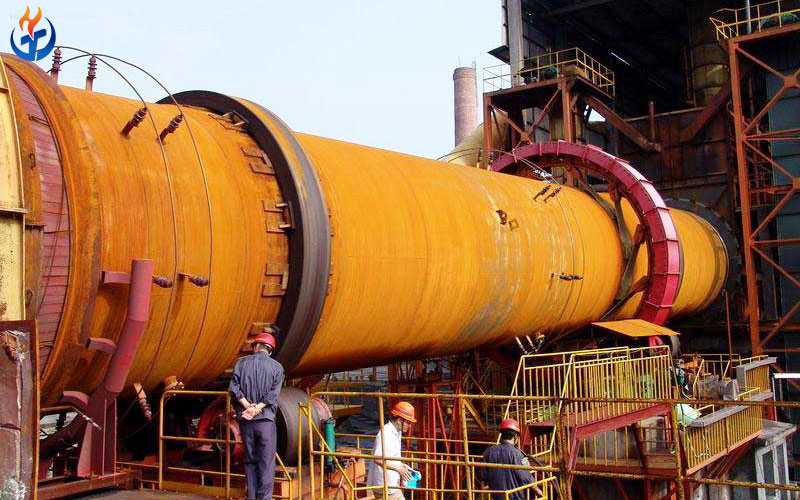In the demanding environment of modern steelmaking, refractory bricks play a critical role in lining furnaces, converters, ladles, and other high-temperature vessels. These materials are designed to withstand extreme temperatures, resist corrosion from slags and hot metal, and maintain structural integrity during frequent thermal cycling. This article provides a comprehensive overview of the basic properties of refractory bricks for steelmaking, helping industry professionals make informed choices regarding materials selection and furnace lining designs.

1. Introduction to Refractory Bricks in Steelmaking
Refractory bricks for steelmaking are specialized ceramic materials engineered to handle the intense thermal, mechanical, and chemical conditions found in steel production processes. Whether it’s a basic oxygen furnace (BOF), electric arc furnace (EAF), or ladle refining furnace (LRF), each unit in a steel plant relies on durable and well-formulated refractory materials.
These bricks not only protect the steelmaking vessel but also improve thermal efficiency, reduce maintenance frequency, and ultimately lower operational costs.
2. Classification of Refractory Bricks Used in Steelmaking
Refractory bricks for steelmaking are generally classified based on their chemical composition, mineral structure, and application. The major types include:
2.1 Magnesia Bricks
Main Composition: Magnesium oxide (MgO) > 85%
Usage: Ideal for BOFs and EAFs due to excellent resistance to basic slags.
Features: High melting point (~2800°C), strong corrosion resistance.
2.2 Magnesia-Carbon (MgO-C) Bricks
Composition: Combination of MgO and graphite.
Applications: EAF sidewalls, slag lines, and converter linings.
Advantages: Excellent thermal shock resistance, low wetting by molten slag/metal.
2.3 Alumina Bricks
Composition: Aluminium oxide (Al₂O₃) ranging from 45–90%.
Applications: Ladle linings, precast shapes, and insulation layers.
Properties: High refractoriness, moderate slag resistance.
2.4 Silica Bricks
Composition: SiO₂ > 93%
Usage: Coke ovens and some steel transfer channels.
Characteristic: Strong volume stability at high temperatures.
2.5 Dolomite Bricks
Composition: CaO and MgO.
Suitability: BOFs and AOD converters.
Note: Require proper storage due to hydration risks.
These bricks are selected based on their performance under specific thermal, chemical, and mechanical stresses within each steelmaking phase.
3. Key Performance Properties of Refractory Bricks for Steelmaking
When choosing refractory bricks for steelmaking, several critical performance parameters must be considered. Below are the most vital properties to evaluate:
3.1 Refractoriness
This is the maximum temperature that a refractory brick can withstand without softening or deforming under its own weight.
Typical Range: 1500°C – 1800°C for alumina; up to 2000°C+ for magnesia.
Importance: Ensures structural integrity inside furnaces operating at extreme temperatures.
3.2 Cold Crushing Strength (CCS)
CCS measures the mechanical strength of a refractory brick under compression.
Function: Indicates the ability to resist load and abrasion inside the furnace.
Standard Value: Ranges from 20 MPa to over 100 MPa depending on the material.
3.3 Thermal Shock Resistance
Refers to the brick’s ability to resist cracking and spalling when exposed to rapid temperature changes.
Enhancement: Graphite addition in MgO-C bricks improves thermal shock resistance.
Critical for: EAF slag line bricks, ladle linings subject to quick preheating and cooling.
3.4 Slag Resistance
In steelmaking, the reaction between refractories and slag is inevitable. A good refractory brick must resist chemical corrosion from acidic or basic slags.
Acidic Slags: Require silica bricks.
Basic Slags: Prefer magnesia or dolomite bricks.
3.5 Porosity and Density
Apparent Porosity (AP): Lower porosity improves resistance to slag penetration and erosion.
Bulk Density: Higher density usually implies better mechanical strength and durability.
3.6 Thermal Conductivity
Role: Affects heat transfer and energy efficiency.
Balancing Act: High conductivity materials (like carbon) are good for some EAF applications, but poor insulators.
3.7 Refractoriness Under Load (RUL)
Measures the deformation temperature of a refractory under load.
Essential For: Bricks in areas experiencing high mechanical and thermal stresses, like furnace hearths.
3.8 Creep Resistance
Creep is the slow deformation of refractory materials under prolonged exposure to high temperatures.
Needed In: Continuous casting and ladle furnaces.
Improved By: High purity, dense structures, and optimized firing.
4. Application-Specific Requirements
The required properties of refractory bricks for steelmaking vary depending on where they are used. Let’s look at some key areas in steel plants and what each demands from the refractory lining.
4.1 Electric Arc Furnace (EAF)
Hot Zones: High thermal and slag wear; needs MgO-C bricks.
Back-Up Linings: Insulating firebricks or castables for thermal efficiency.
4.2 Basic Oxygen Furnace (BOF)
Main Stressors: High slag corrosion and impact from hot metal charging.
Recommended Materials: High-grade magnesia or dolomite bricks.
4.3 Ladles
Requirements: Thermal shock resistance and good mechanical strength.
Best Choices: Alumina-Magnesia Carbon (AMC) bricks or high alumina bricks.
4.4 Tundish
Function: Controls the flow of molten steel.
Bricks Needed: Insulating bricks or magnesia-based castables for energy retention.
5. Lifecycle and Maintenance Considerations
Even the highest quality refractory bricks for steelmaking degrade over time. Factors affecting their lifecycle include:
Slag Composition
Furnace Atmosphere
Operational Practices
Thermal Cycling Frequency
Maintenance strategies such as gunning, patching, and hot repairs can extend the life of the refractory lining. However, periodic brick replacement is inevitable and must be planned carefully to minimize downtime.
6. Trends in Refractory Brick Development for Steel Plants
With rising energy costs and the need for sustainable operations, the steel industry is seeking more efficient and durable refractories. Key innovations include:
Nano-composite bricks for improved slag resistance.
Pre-cast shapes and monolithic refractories for reduced installation time.
Low-carbon MgO-C bricks to reduce oxidation and CO₂ emissions.
Digital monitoring of refractory wear through sensors and AI-assisted maintenance scheduling is also gaining traction in modern steel plants.
7. How to Choose the Right Refractory Bricks for Steelmaking
When selecting refractory bricks for steelmaking, consider the following:
Operating Temperature – Match refractoriness to furnace requirements.
Chemical Compatibility – Acidic vs basic slags determine brick type.
Mechanical Load – High load areas need high CCS and RUL.
Thermal Cycling – Choose bricks with high thermal shock resistance.
Cost and Service Life – Balance material cost against expected lifespan and maintenance needs.
Consulting with an experienced refractory manufacturer is essential for optimizing both performance and economics.
Conclusion
Refractory bricks for steelmaking are the unsung heroes of steel plants, silently enduring extreme temperatures, chemical attacks, and mechanical abuse. Their performance directly impacts furnace longevity, steel quality, and production efficiency.
By understanding their basic properties—like refractoriness, slag resistance, mechanical strength, and thermal shock resistance—engineers and maintenance teams can select the right bricks for each application, improve plant safety, and reduce operational costs.
Need Refractory Bricks for Your Steel Plant?
If you’re looking for high-quality refractory bricks for steelmaking, Xintai Refractory is your trusted partner. With over 20 years of manufacturing and export experience, we provide tailored solutions for electric arc furnaces, converters, ladles, and more.
Whether you’re upgrading existing linings or planning a new project, contact us to discuss your needs. Our expert team offers technical support, fast delivery, and competitive pricing.
Let us help you build a more efficient and reliable steelmaking operation with our durable refractory solutions.



